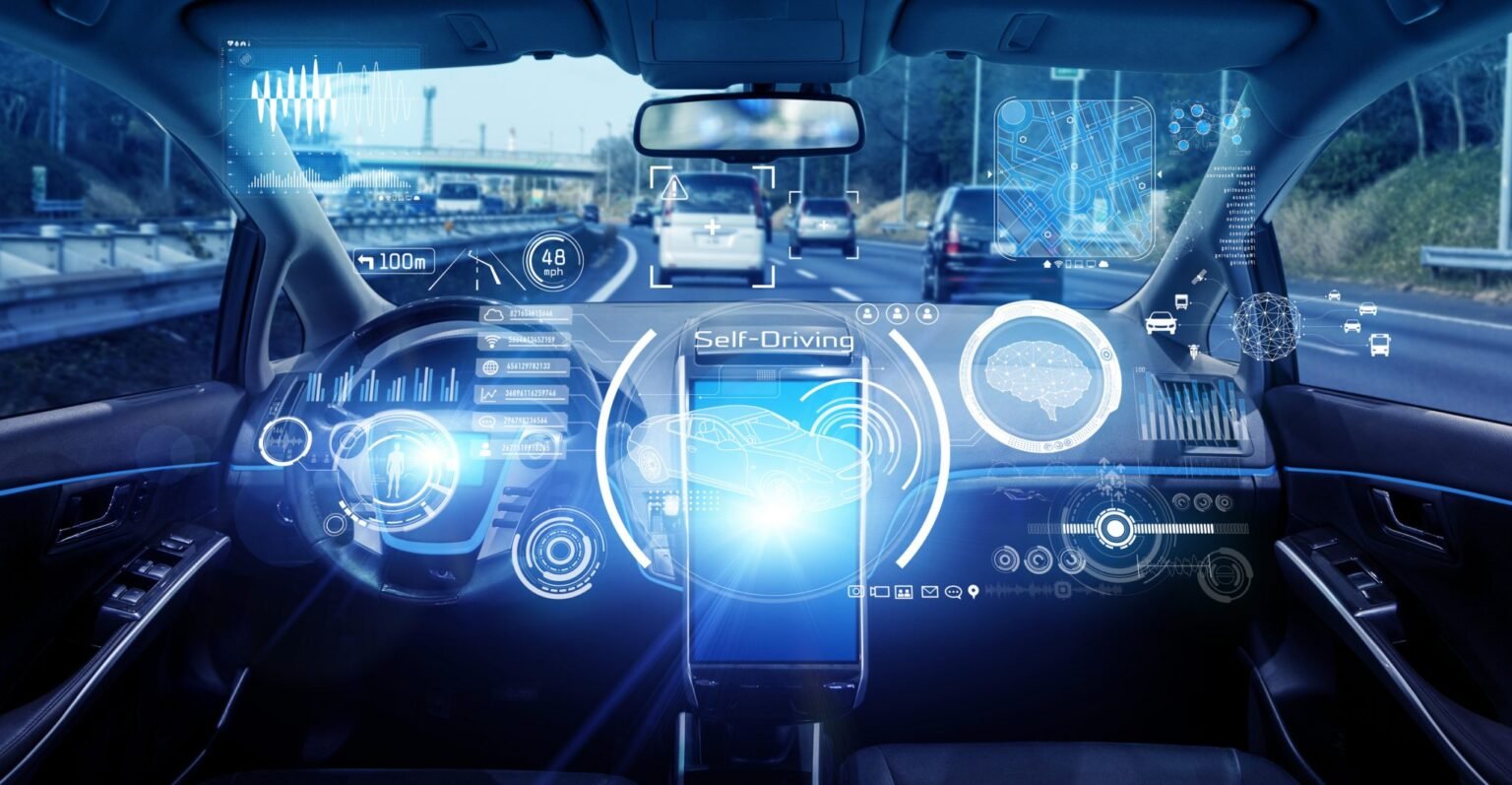The rise of the Internet of Things (IoT) has had a significant impact on various industries, including the automotive industry. The integration of autonomous vehicle technologies and IoT has led to the development of self-driving cars, which have the potential to revolutionize the transportation industry. In this blog, we will explore the basics of autonomous vehicle technologies and IoT, their applications, and the potential benefits of combining these two technologies.
Autonomous vehicles, also known as self-driving cars, are equipped with various sensors, cameras, and software that allow them to navigate and operate without human intervention. These technologies include lidar, radar, and GPS, which provide the vehicle with real-time data about its environment, allowing it to make decisions and respond to different situations on the road. Autonomous vehicles are powered by advanced algorithms and machine learning techniques that enable them to learn and adapt to different driving scenarios.
The Internet of Things (IoT) refers to the network of interconnected devices that can communicate with each other and exchange data. IoT devices can be sensors, cameras, and other devices that are connected to the internet. IoT devices can collect and share data in real-time, which can be analyzed using artificial intelligence (AI) and machine learning (ML) algorithms to provide insights and make predictions.
When combined, autonomous vehicle technologies and IoT can create a powerful tool for improving the safety, efficiency, and convenience of transportation. IoT devices can be used to collect data on road conditions, traffic patterns, weather, and other factors that affect driving. This data can be fed into the algorithms and machine learning models used by autonomous vehicles, improving their ability to navigate and respond to different situations on the road.
Autonomous vehicles and IoT can also be used to improve the overall efficiency of transportation systems. For example, self-driving cars can be programmed to communicate with each other and coordinate their movements, reducing traffic congestion and improving the flow of traffic. Autonomous vehicles can also be used to optimize route planning and reduce energy consumption, leading to significant cost savings and environmental benefits.
In addition to improving safety and efficiency, autonomous vehicles and IoT can also enhance the overall driving experience. IoT devices can be used to create personalized profiles for drivers, allowing autonomous vehicles to adapt to their individual preferences and driving styles. This can include adjusting the temperature, music, and other settings to create a comfortable and personalized driving experience.
In conclusion, the integration of autonomous vehicle technologies and IoT has the potential to revolutionize the transportation industry. By improving safety, efficiency, and convenience, self-driving cars can create a better and more sustainable future for drivers and passengers alike. As autonomous vehicle technologies and IoT continue to evolve, it is essential to stay up-to-date with the latest trends and developments in these technologies to stay competitive and relevant in today’s digital world.



